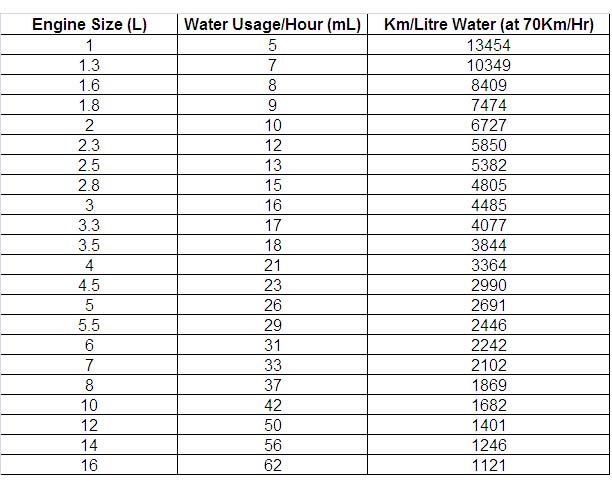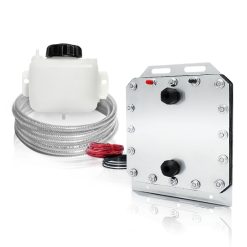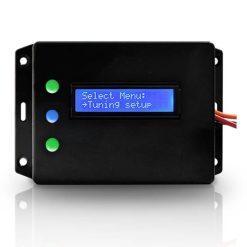No products in the cart.
Recommended electrolytes
Since water is a non conductor, you need to add electrolytes (chemicals) to increase current flow up to a usable rate. Use the purest available source, greater than 95% purity
Sodium Hydroxide NaOH NaOH, also called “lye”, it is a very efficient electrolyte, highly conductive and caustic. Pure sodium hydroxide is available in pellets, flakes, granules and as a 50% saturated solution, dissolved in water. NaOH is available at industrial chemical suppliers, internet retailers, hardware stores and agriculture stores.
Potassium Hydroxide KOH KOH is most efficient of the commonly used electrolytes. KOH is available on eBay and online chemical distribution centers.
Here is a list of online resources:
Winter operation of hydrogen generators
The generator contains water, which if left untreated, will freeze in cold temperatures, potentially damaging the device.
A stronger solution of KOH prevents water from freezing.
The table below illustrates lower freezing temperatures achieved by adding KOH to 1 litre of distilled water.

Water consumption of hydrogen generators
Hydrogen generators require very little maintenance.
You will only have to add 500 ml of water per every 1000 km of driving.
Below is the theoretical electrolysis consumption of water.
In practice, water consumption is a little higher due to evaporation and water vapor produced along with the HHO.

Read more:
How to select correct equipment
How hydrogen generators for vehicles work
Setup and operation of HHO equipment, safety, compatibility
Results of NASA’ s experiments with hydrogen in internal combustion engines
Effect of Hydrogen HHO on Emissions
How to convert engines to use hydrogen as primary fuel
What happens when too much hydrogen is supplied to an engine







